[Newsbits] 26+27.12.2023: eSvarna, Cold Moon, Bharatiya Space Station & more

In summary, the peace deal with the United Liberation Front of Asom (ULFA) marks a significant step towards resolving the long-standing insurgency in Assam, India. After years of conflict, the central government is expected to sign a historic agreement with the pro-talk faction of ULFA. Key components of the deal include financial rehabilitation packages for militants, reviews of citizenship lists to identify illegal immigrants, land and rights reservations for indigenous communities, and constitutional provisions for cultural, economic, and political autonomy. While this agreement is a major stride towards peace, its success depends on continued efforts to address the concerns of all parties and ensure the deal’s comprehensive implementation. The Amrit Bharat Express, inaugurated by Prime Minister Narendra Modi on December 30, 2023, is a transformative train service introduced by Indian Railways. Designed primarily for the common man, it offers an economical, no-frills, long-distance travel option with non-AC sleeper and general unreserved coaches. The train, capable of speeds up to 130 kmph, features a unique loco-hauled push-pull configuration, ensuring faster acceleration and reduced travel times. Equipped with modern amenities, including bio-vacuum toilets and mobile charging points, it is set to serve routes connecting major Indian cities over distances greater than 800 km. Despite its many advantages, a notable challenge for the Amrit Bharat Express is the speed limitation due to the current state of most Indian railway tracks, restricting the train to operate at lower speeds on various sections. The eSvarna Corporate Credit Card by IndusInd Bank, launched on December 26th, 2023, is India’s first corporate credit card on the RuPay network. It integrates UPI functionality, allowing for smooth transactions at merchant outlets and flexibility to make UPI payments. The card offers exclusive rewards, including luxurious travel experiences, lounge access, fuel surcharge waivers, and comprehensive travel insurance. It is designed to provide enhanced control over corporate expenses and convenience in managing business transactions. The card also offers services like a dedicated relationship manager, consolidated payment options, and the option to emboss the company’s name on the card. In simple terms, the Indian Ministry of Electronics and Information Technology (MeitY) has released a second advisory to social media platforms, focusing on the compliance with Information Technology (IT) rules, especially concerning deepfakes and AI-driven misinformation. The advisory mandates clear communication of prohibited content, especially as specified under Rule 3(1)(b) of the IT rules, to users and emphasizes informing them about the penal provisions in case of violations. This move, initiated by Union Minister Rajeev Chandrasekhar and supported by Prime Minister Narendra Modi, aims to ensure the safety and trust of internet users by mitigating the risks associated with misinformation and deepfakes. MeitY will closely monitor the compliance of intermediaries and may consider further amendments to the IT rules and laws if required. In summary, the Bharatiya Space Station is India’s initiative to establish a permanent space station, aiming for completion by 2035 with the first module launch planned for 2028. This ambitious project by ISRO is set to enhance India’s capabilities in space technology, scientific research, and international space collaboration. The station is envisaged to have a crew capacity of three and be equipped with advanced features like docking infrastructure and zero-gravity research laboratories. However, the project faces challenges such as the need for cutting-edge technology, substantial funding, human spaceflight expertise, and managing geopolitical implications. The success of this endeavor hinges on international cooperation, technological advancement, and public support. The Cold Moon, observed on December 27, 2023, marks the arrival of winter in the Northern Hemisphere and is associated with the winter solstice, the time of the year with the longest night. Its significance spans various cultures. For instance, Native American tribes named it symbolically for the winter season and long nights. In Hinduism, the moon is seen as a symbol of recurrence, rebirth, and the ancestral world, playing a significant role in cultural folklore and rituals. The Cold Moon’s different phases also hold varied auspicious and inauspicious beliefs in Hindu culture, influencing emotions and mental states. This phenomenon continues to be an integral part of cultural and spiritual observances worldwide. The Indian Ocean Naval Symposium (IONS) is a collaborative forum initiated by the Indian Navy in 2008, comprising biennial meetings between the littoral states of the Indian Ocean. It aims to enhance maritime security cooperation, address regional maritime issues, and promote friendly relationships among its members. The symposium has evolved with a rotating chairmanship and location, featuring 25 member nations and 9 observer states. The 8th edition was held in Bangkok, Thailand, in December 2023, with the Royal Thai Navy hosting the event. Key discussions revolved around maritime security, humanitarian assistance, and disaster relief. India played a significant role, taking over as the co-chair of specific working groups and introducing the official IONS flag. The inclusion of the Republic of Korea as an observer expanded the collective strength to 34 nations. This platform serves as a critical mechanism for fostering maritime cooperation and understanding among nations in the Indian Ocean region. The Press and Registration of Periodicals Bill, 2023, introduced in India’s Rajya Sabha, aims to replace the colonial-era Press and Registration of Books Act, 1867. It seeks to modernize the process of registering periodicals, streamlining procedures, and reducing bureaucracy. The Bill introduces online applications for registration, empowers the Press Registrar General, and sets rules for foreign periodicals. While it promises expedited processes and benefits for small and medium publishers, concerns have been raised about its potential impact on press freedom, expansion of government powers, and the authority given to government agencies beyond the Press Registrar.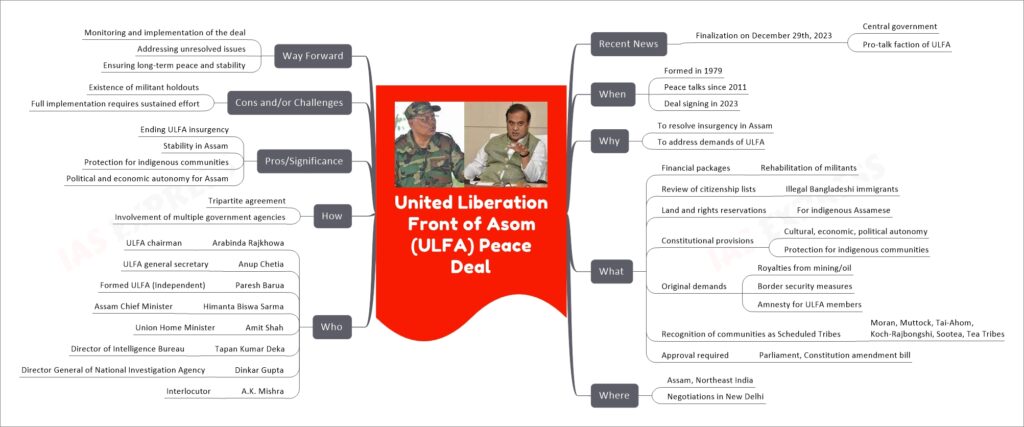
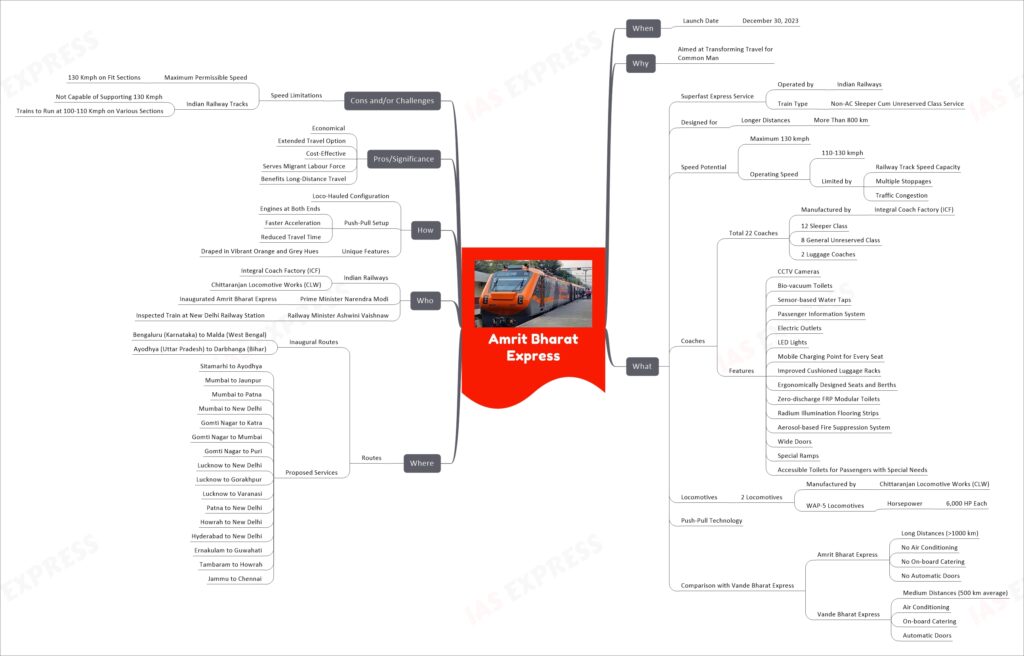
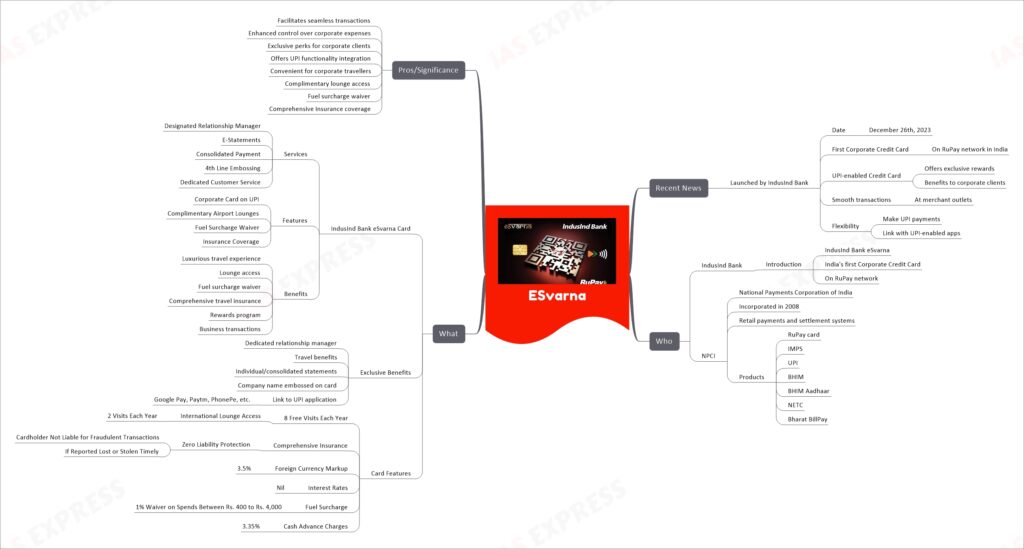

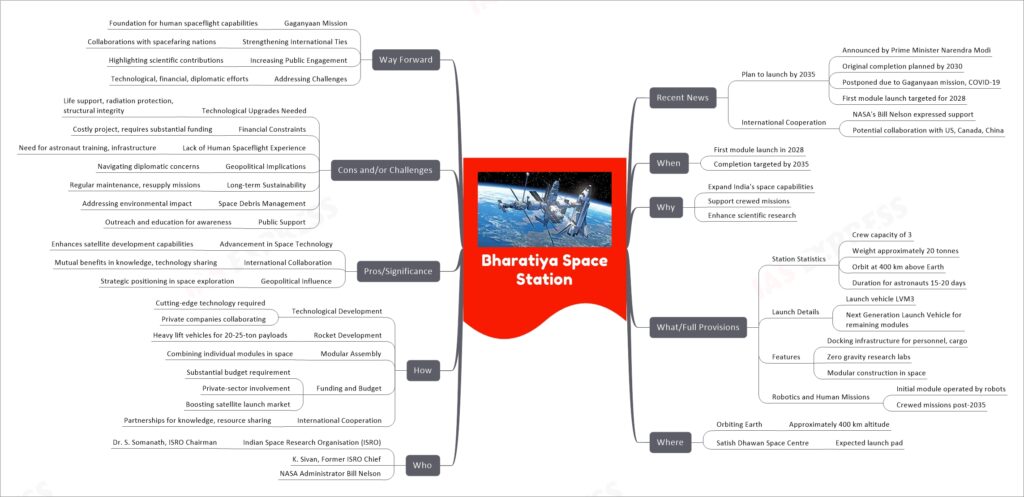
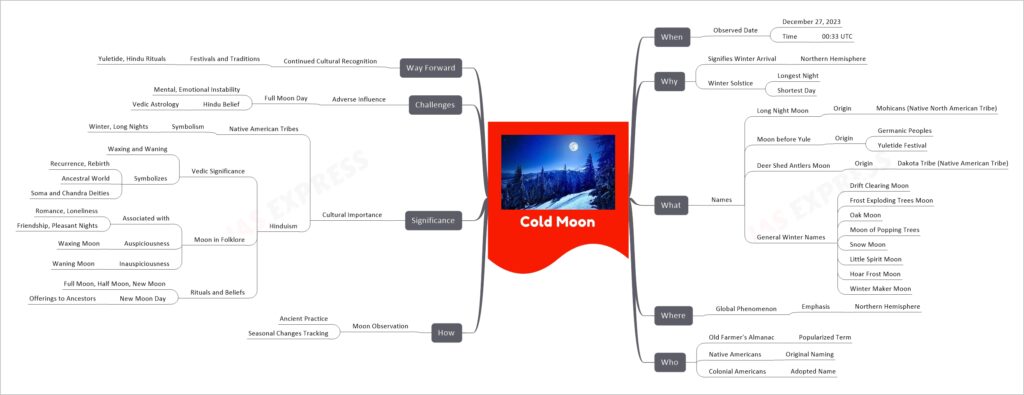
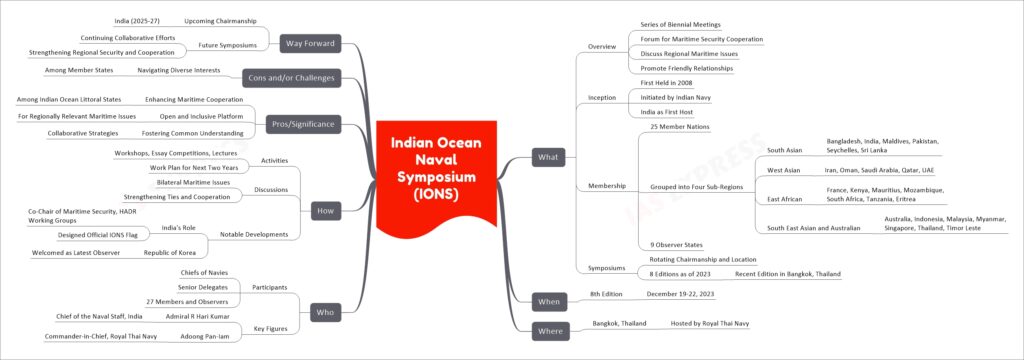
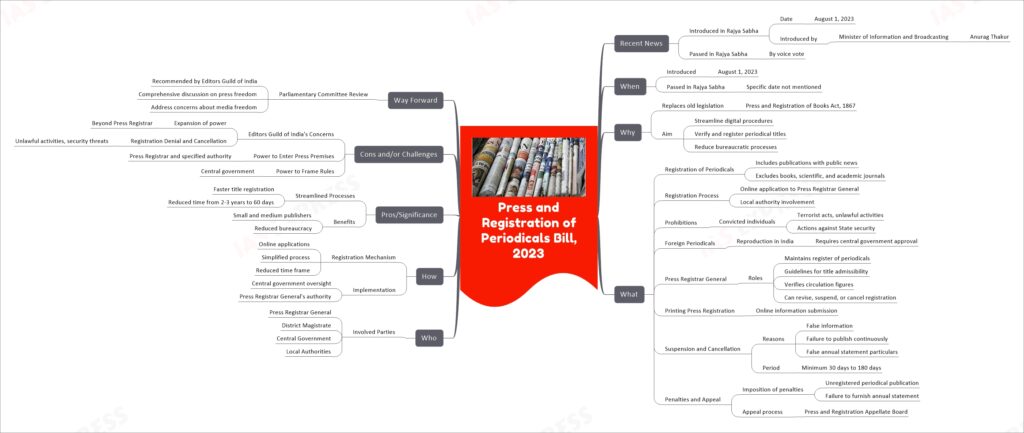
If you like this post, please share your feedback in the comments section below so that we will upload more posts like this.
